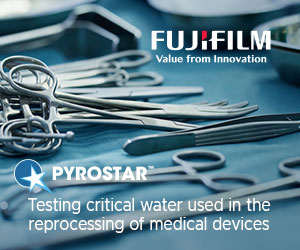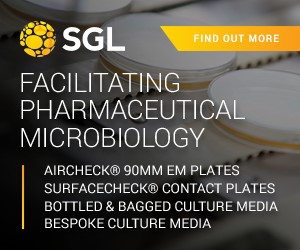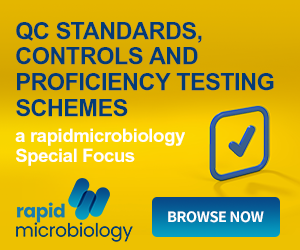E. coli O157 - too important to miss
| | Guidance issued in February this year by the UK's Food Standards Agency (FSA), clarifying the steps that food businesses need to take in order to control the risk of contamination from E. coli O157, serve as a reminder of the continuing issues that this organism presents. This verotoxigenic bacterium has a very low infective dose and can cause serious illness, and even death. IMAGE: E.coli 0157 (translucent), E.coli (pink/red) and sorbitol-negative E.coli (green) on Lab M Harlequin™ SMAC-BCIG |
| While the FSA's guidance is targeted at food businesses that handle both raw and ready-to eat foods, when it comes to food processing and manufacture, reliable microbiological monitoring procedures are essential, with culture playing an important role. Offering a comprehensive range of food industry focused media, all backed by experienced technical support, Lab M delivers the convenience and reliability laboratories need. Low numbers, or overgrowth of E. coli O157 colonies by competing flora, can make the organism difficult to detect, so enrichment of samples is an important part of the recovery and isolation process. Lab M's Buffered Peptone Water is used with VCC Selective Supplement to prepare E.coli O157 pre-enrichment medium and then serves as a selective enrichment medium for isolating the organism from food and other samples. The company's full range of products for E. coli O157 culture, includes Captivate™ O157 immunomagnetic separation beads, modified Tryptone Soy Broth (mTSB), and Sorbitol MacConkey Agar (SMAC), which can be used with Cefixime Tellurite Supplement to prepare CT-SMAC and Harlequin™ SMAC-BCIG. These are selective differential products for the isolation of E. coli O157:H7, the primary serovar associated with haemorrhagic colitis and haemolytic uraemic syndrome. The chromogenic medium Harlequin™ SMAC-BCIG is a modification of SMAC agar in which the addition of a specific chromogenic substrate (5-bromo-4-chloro-3-indoxyl-Ss-D-glucuronide [BCIG]) allows the improved differentiation of E. coli O157:H7 from other strains, on the basis of colony colour. For full details of the range, contact Lab M or visit www.labm.com |
NOTE: This item is from our 'historic' database and may contain information which is not up to date.
Source : Lab M View Company Information
Posted on April 11, 2011






